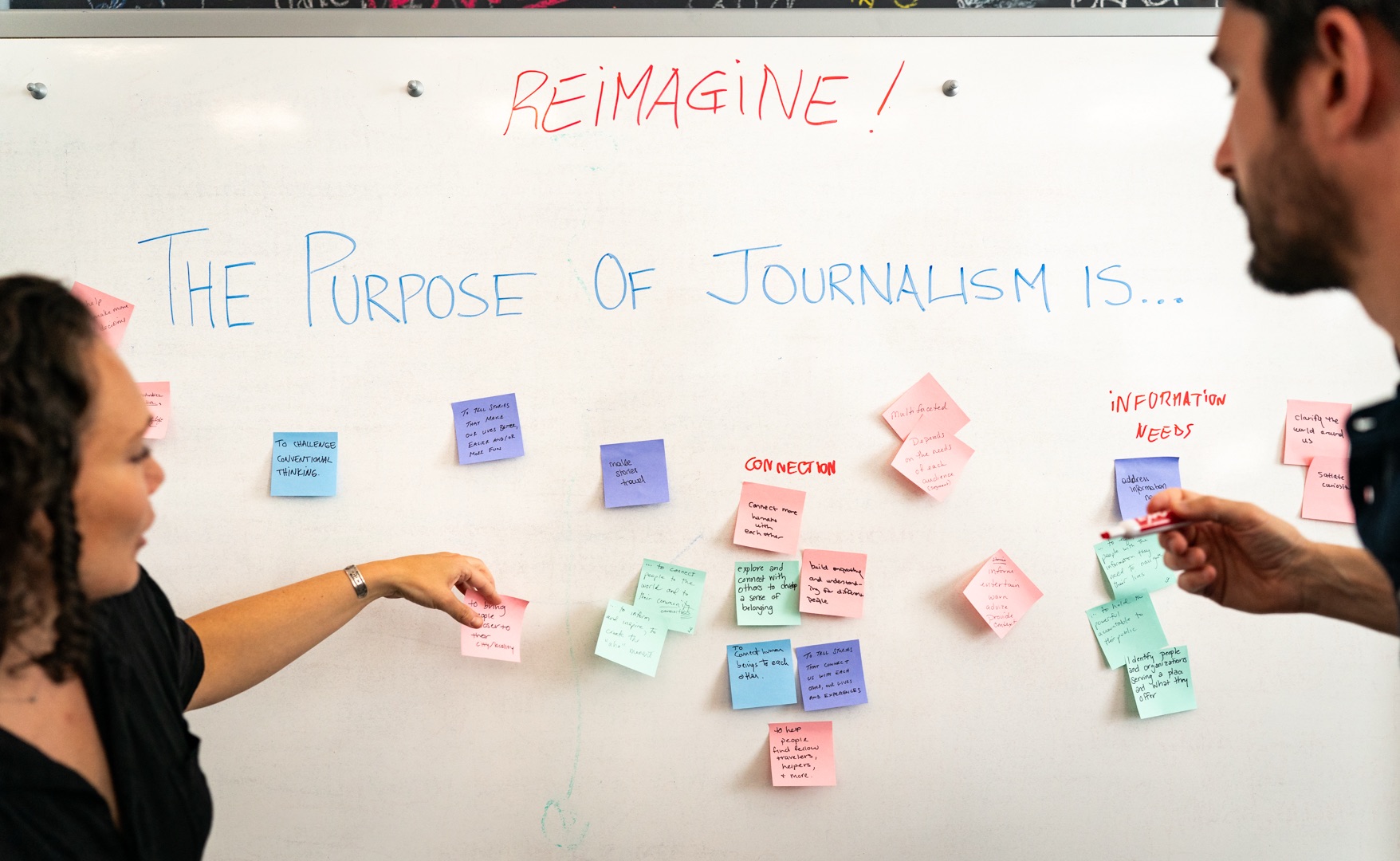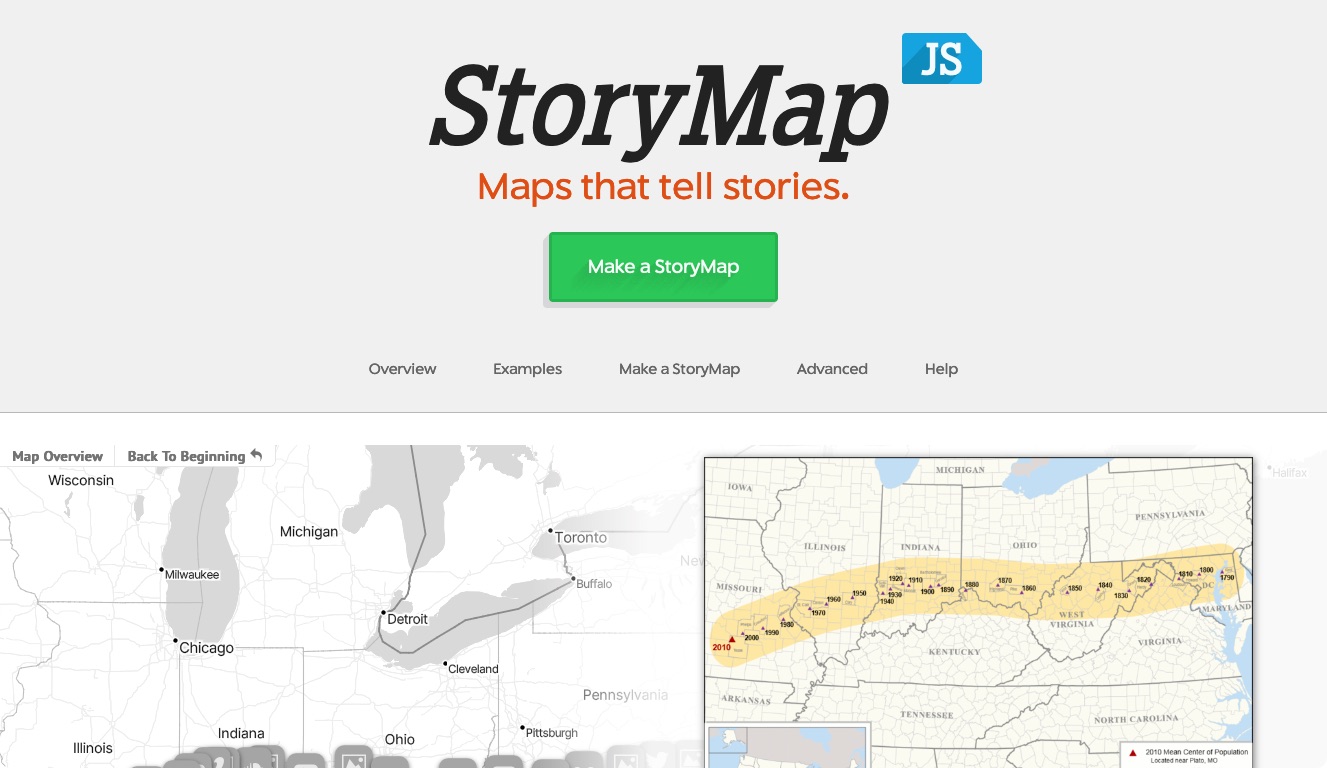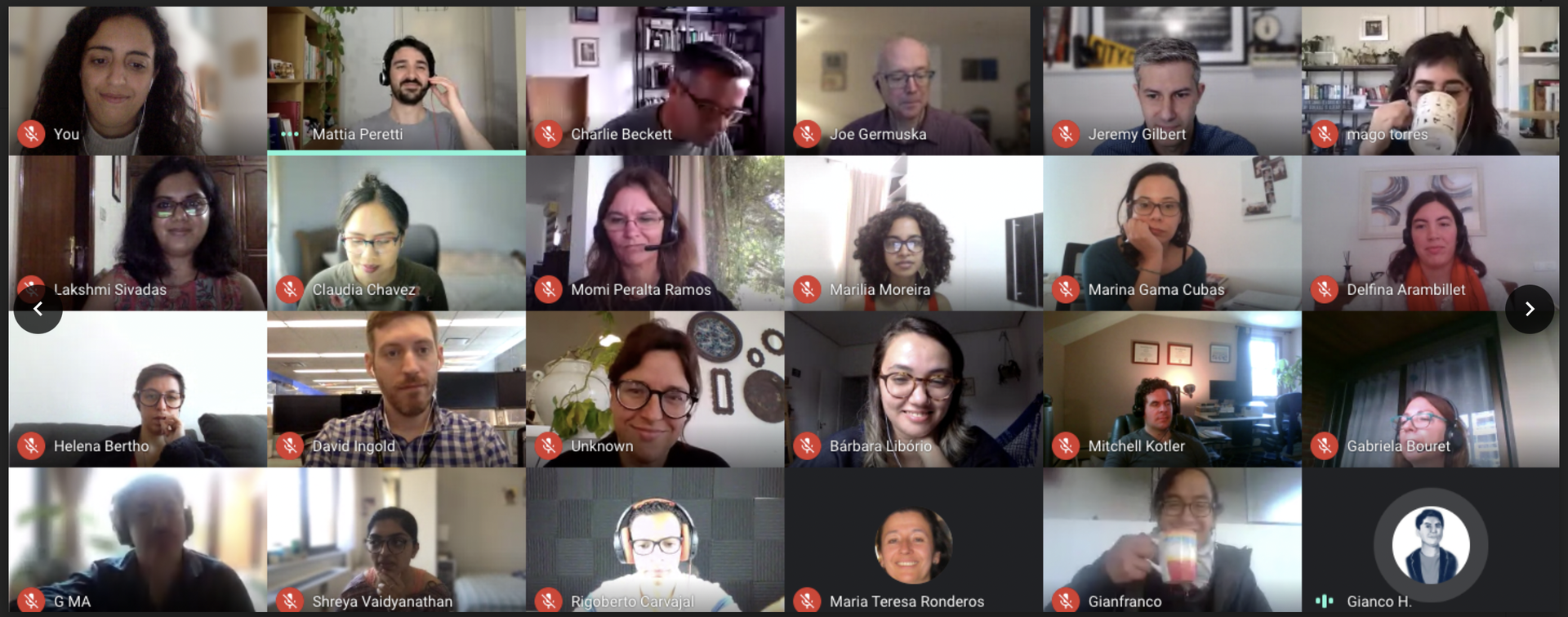A big mistake when dealing with data can ruin your day. Luckily there are simple ways to avoid big mistakes and maintain credibility with your colleagues and your audience.
At NICAR 2015, a panel of data journalists from The New York Times, Wall Street Journal and Atlanta Journal-Constitution discussed the road blocks they've encountered when working with data for a story. The panel, moderated by MedPage Today reporter Coulter Jones, featured advice and cautions to keep in mind when dealing with numbers, editors and deadline pressure in the newsroom.
1. Understand how people use the data
If you don’t understand how people use the data, you shouldn’t use the data. Especially on deadline. Sarah Cohen, editor of The New York Times' computer-assisted reporting team, said the first thing she does is talk to someone who's familiar with the data. This way, she won't misinterpret what it shows. "We have to be versatile," she said. "Otherwise we risk falling into the trap that all data is a story."
2. Avoid any superlative word ever
Factual errors aren't acceptable, and if you use a word like "first," "highest," "most," you'll probably be incorrect, Cohen said. She advised the audience to use words like "maybe the first" and "among the highest." And same thing goes for proving a negative. If you say an agency doesn’t do something, you’re going to find out the next day they do.
3. Reread sentences in a random order
Rob Barry, a Wall Street Journal reporter, said he has a friend who randomizes the order of all the sentences in a story when he reviews them. This way, the friend doesn't fall into the trap of missing mistakes because they sound so familiar in the text. Errors are therefore more noticeable.
4. Color-code the story
In addition to reading the story in a randomized order, Cohen suggests reading the story from end to beginning. Or, you can color-code the story: a different color for summaries and facts. Take a look at them again: are they accurate?
5. Watch it like a hawk...
...Through the editorial process. Editors will push you to make conclusive statements, and you've got to fight back. John Perry, a journalist at The Atlanta Journal-Constitution, advised the audience to make sure that editors don't oversell what the data actually says.
6. Don't rerun the code. Rewrite it.
You can certainly rerun the code to see if it produces the same results for your data. But even if the data results match up, the conclusion could still be inaccurate if the code you used was faulty. So don't just rerun the code. Rewrite the code instead, and make sure you can produce the same results as before.
7. Keep a diary
Cohen keeps a record of everything she does or tries to do with the data. Because these stories can take months to work on, a diary helps her use her time more efficiently and recall what worked and didn't work.
8. Keep one team member in the dark
This way they won't be biased towards the data. Before publishing, see if they can produce the same results.
9. Don't have multiple versions of the data
This could mean you'll need to share the files through Dropbox, or a similar platform. Inevitably, your colleagues will save the data to their computer. Avoid mistakes by avoiding multiple versions of the data, and make sure there's always an original file you can go back to.
10. Slow it down
One of the biggest enemies to data reporting is speed. "The biggest mistakes I’ve made in my career have always been because of a short deadline, trying to do something quickly," Perry said. You simply have to slow it down to get it right.
About the author





